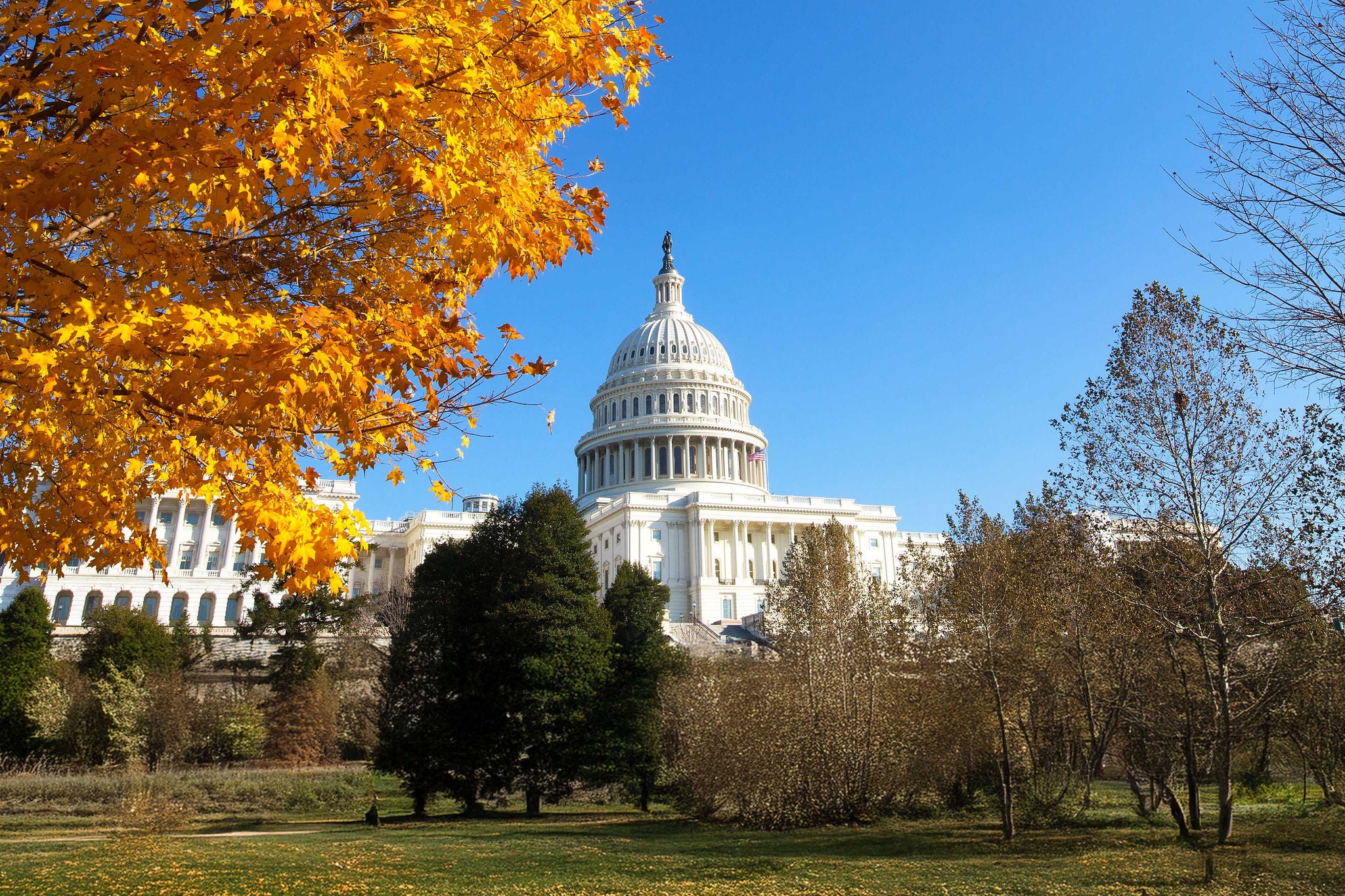EY refers to the global organization, and may refer to one or more, of the member firms of Ernst & Young Global Limited, each of which is a separate legal entity. Ernst & Young Global Limited, a UK company limited by guarantee, does not provide services to clients.
Related content
-
Trump administration actions are likely to have significant implications for businesses across all sectors.
Read more
President Donald Trump will need to work with Congress to enact lasting change on many of these issues — he will benefit from Republican control of both chambers for at least the first two years of his term. The GOP controlled Senate will enable a smoother and swifter path to confirmation of Cabinet and other high-level political appointees (where a simple majority is needed) and thus a potentially quick start to implementing his policy agenda.
The GOP trifecta also could allow for more sweeping legislative change. Importantly with respect to tax policy, congressional procedures allow for passage by a simple majority in the Senate; so, even in a closely divided Congress, tax legislation is one priority that can advance with Republican control of Congress and the White House, as we saw in 2017. Some suggest the tax reform package, for example, could move within the first few months of the new Congress. Other Republican policy priorities would require some bipartisan cooperation because Republicans will not have the requisite votes.
Quick take: Trump’s approach to six key issues
1. Tax:
Expiration of many provisions in Trump’s signature Tax Cuts and Jobs Act (TCJA) will drive the debate in Congress early on — Trump supports a TCJA extension and an even lower corporate rate for some domestic corporations at 15%. The second Trump administration’s tax policy approach is likely to focus on preserving current rates, further reducing tax rates where possible, promoting onshoring and growing the US economy.
2. Trade and supply chains:
Trump’s second-term trade agenda will be driven by an “America First” posture and policy — prioritizing domestic and nearshoring efforts and broadly expanding tariffs.
3. Technology:
Tech, particularly artificial intelligence (AI), remains an important policy issue in Washington. Trump’s technology policy will be informed by the pursuit of free speech principles and is likely to be a custom-made approach, departing from President Joe Biden’s approach in many areas and driven by his administration’s interactions with big tech and social media platforms.






